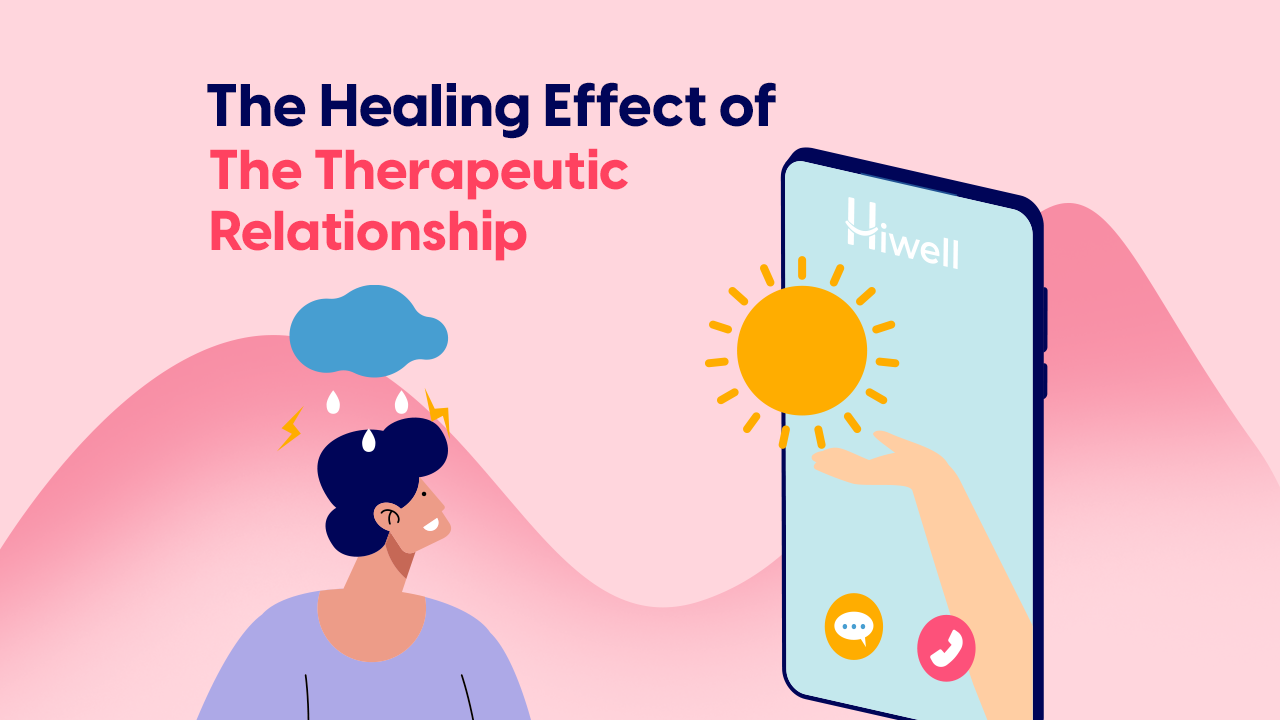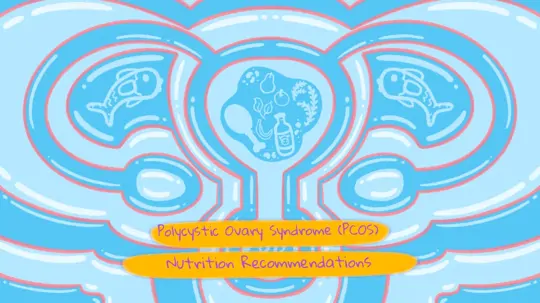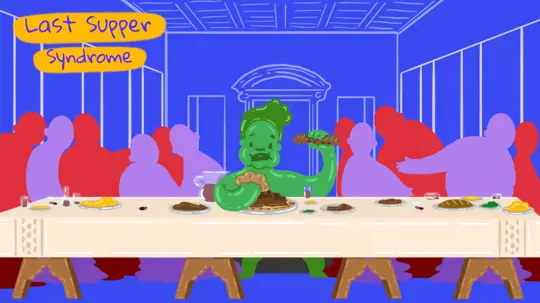
Start feeling better today!
Connect with your therapist today and take control of your life like our 850.000 happy clients.
Get StartedIt is very important that the therapy sessions, in which the patients share their thoughts, beliefs, feelings and difficult experiences, are in an atmosphere of safe and unconditional acceptance. In order for this atmosphere to be created, the unique relationship between the therapist and the client must be based on a human bonding within the boundaries of ethics.
Although therapy is considered by some to be a process in which the therapist is relatively passive, it is actually an interactive and intense sharing process. The therapeutic relationship is what this complex and professional relationship between the patient and the therapist is. Doğanavşargil & Vahip (2003) reported this phenomenon; they defined it as the ability to distinguish and recognize problems, and to actively involve the patient in the thinking process of the most beneficial treatment.
The therapeutic relationship is a useful tool in the patient's therapy journey. At the same time, the therapeutic relationship might be considered as one of the most important factors that determine the quality and efficiency of therapy. As Freud noted, the relationship between therapist and patient is one of the key components of therapy, so much so that today this relationship is seen as the strongest indicator of the success of therapy.
This relationship, also called a healing relationship, is a very comprehensive type of relationship in which many factors are effective both by the patient and the therapist. First of all, in addition to the need for a secure attachment in the relationship between the therapist and the patient, a consensus on goals and methods for the course of therapy is required. The therapeutic alliance is the consensus and relationship between the therapist and the patient.
It is of great importance that the therapist and the patient have a healthy communication, including the pre-interview, and that they mutually express their wishes at the point of continuing the therapy. According to Dziopa & Ahern (2008), there are 9 main structures of the therapeutic relationship: understanding and empathy, accepting the individuality of the patient beyond their mental status, providing support, being available, being genuine, promoting equality, demonstrating respect, demonstrating clear boundaries, demonstrating self-awareness.
Although a good therapist-client relationship depends on these and many other factors, some of them are quite prominent.
Personality: The fact that your personality traits match your therapist makes therapy a friendly and reliable atmosphere within the boundaries of the therapist-client relationship.
Trust: When you open up your thoughts, feelings and behaviors to your therapist about difficult-to-express and admit issues, there is a safe environment away from being judgmental. Trust in the therapist is the result of a human connection beyond requirements such as the principle of confidentiality. At the same time, the client's confidence in the therapist's competence is also quite important.
Naturalness: The therapist is humble, natural, honest and sincere.
Respect: The therapist respects the client's life, personality traits, needs, desires, values, and beliefs in all circumstances.
Support: The client's capacity and internal resources are always supported, so that the client is always listened to and understood.
Positive communication: Open and positive communication is essential in the transfers related to the development of the client.
Interest: Creating an environment where what the client says is important.
The Principle of Transparency/Openness: It is essential to create an environment in which the client will express herself/himself clearly. But this transparency should be considered bilaterally.
Empathy: The ability of the therapist to understand and feel events through the client's window.
The therapeutic relationship is a healing factor and a major component in itself, beyond the therapist's experience and the functionality of the school. For this reason, all of the above points are important contributions to a positive therapist-client relationship.
As a result of the meta-analysis they compiled on the effectiveness of online therapy, Barak and his colleagues (2008) offered strong support for the adoption of online therapy and online psychological interventions as therapeutic activities. In addition, many studies now reveal that the most important factor the effectiveness of psychotherapy depends on is the relationship established between the therapist and the client. In this context, it does not seem to make any difference in terms of effectiveness if the therapy is online or face-to-face after the therapeutic relationship has been established.
Although the relationship established with the therapist reflects the relationship that the client has established with herself/himself and those around her/him, the improvement of the therapeutic relationship will also affect the person's relationships with others. We hope that this article will be a useful guide for you when choosing your therapist.




